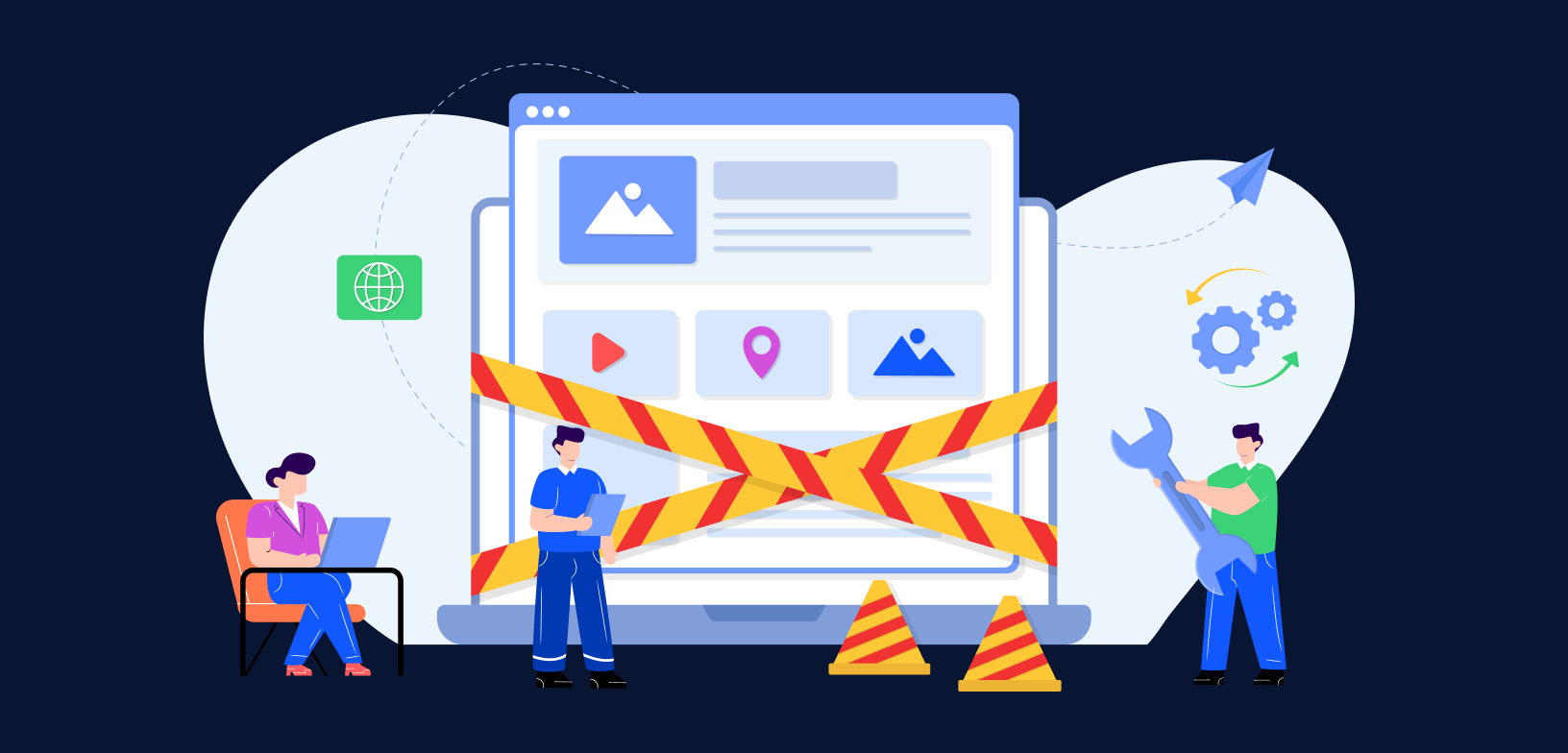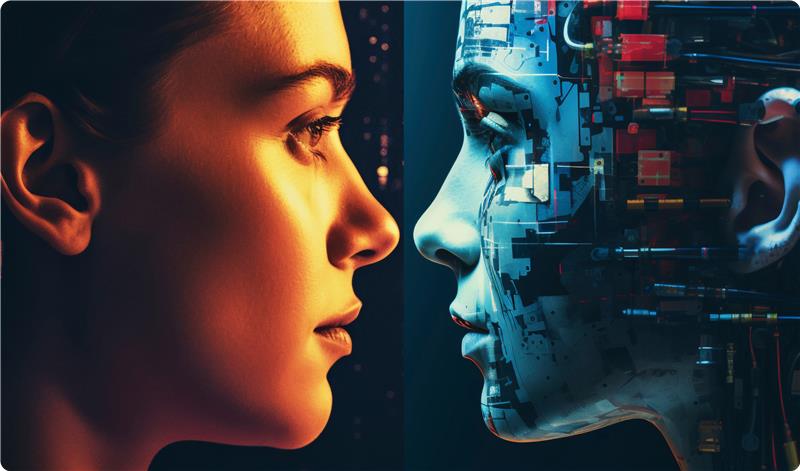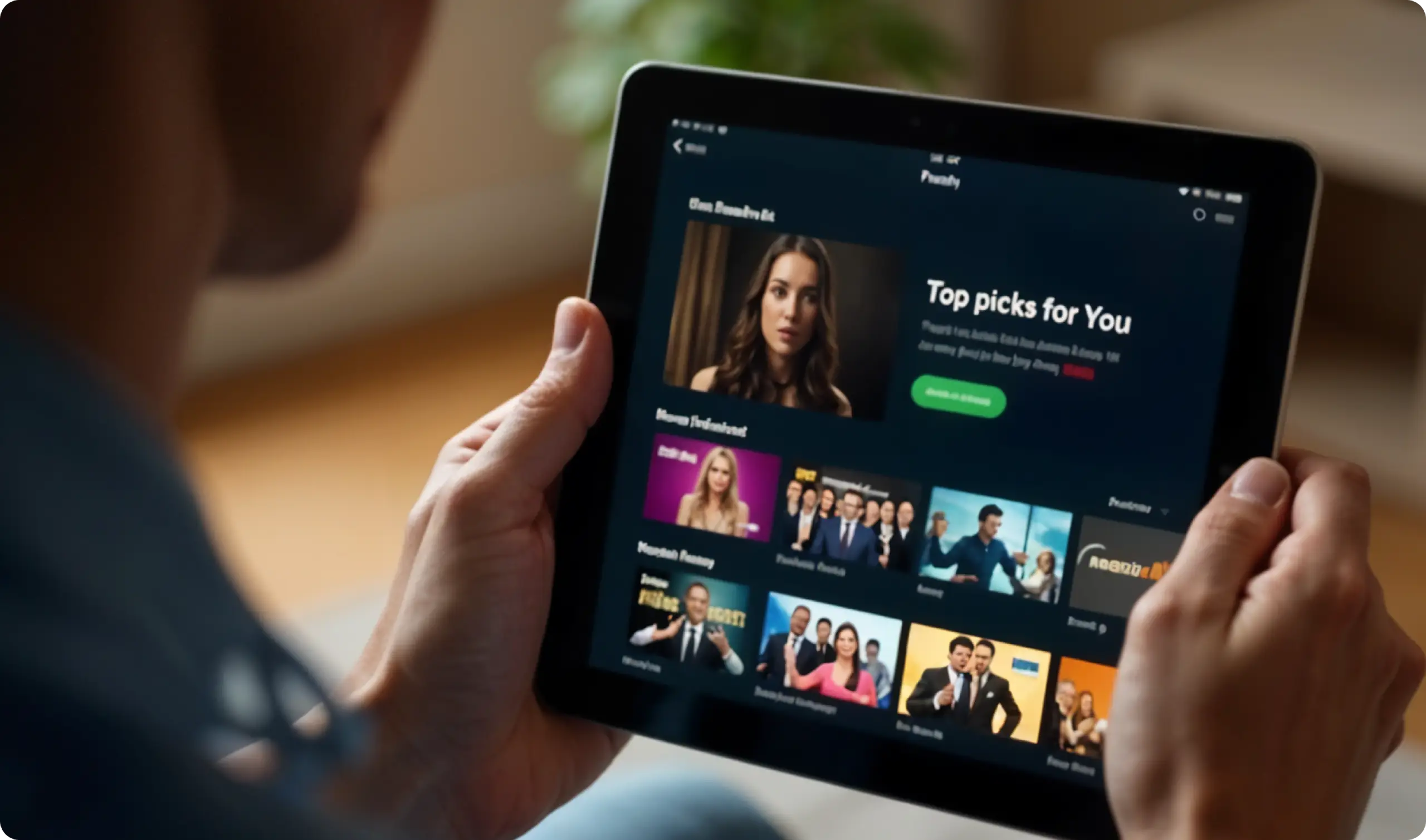
Thanks to technology’s pervasive presence, our lives have become increasingly intertwined with connected experiences, by the minute. These immersive encounters bridge the gap between the physical and digital realms, enriching our daily routines with convenience, personalization, and seamless integration. Achieving this convenience may come easy to the end user, but is one tough task in terms of creating a shameless and engaging UX strategy.
From smart homes that anticipate our needs to wearable devices that monitor our well-being, the possibilities seem limitless. However, amid the promise of a connected future, we must also acknowledge the challenges that may impede its realization.
In this article, we delve into the transformative nature of connected experiences while exploring the UX strategy obstacles that must be overcome to unlock their full potential. Join us as we navigate this complex landscape and envision the possibilities that lie ahead.
The Wonders of Connected Experiences!
Connected experiences encompass a wide range of industries, from transportation and healthcare to entertainment and retail. For instance, in the healthcare sector, connected devices enable remote monitoring of patients, allowing doctors to access real-time health data and provide timely interventions.
In retail, connected experiences provide personalized recommendations based on our preferences and shopping history, making our online shopping experiences more tailored and enjoyable. A study by Accenture revealed that 75% of consumers are more likely to make a purchase from a retailer that recognizes them by name, recommends options based on past purchases, or knows their purchase history.
However, along with the remarkable benefits come challenges that can hinder the seamless integration of connected experiences. These challenges can be technical, UX design process-related, integration-related, and even organizational in nature. Addressing these roadblocks while crafting the UX strategy is crucial for unlocking the full potential of connected experiences and ensuring a smooth and cohesive user journey.
So, let’s embark on this exploration of the roadblocks of connected experiences and discover the solutions that will shape a future where technology seamlessly integrates with our lives, making them more efficient, enjoyable, and connected than ever before.
Technical Challenges
Connectivity Issues: Apart from the considerations of a great UX design process, reliable network connectivity is essential for connected experiences to function seamlessly. However, connectivity issues such as poor network coverage or unreliable internet connections can disrupt the user experience.
Security and Privacy Concerns: Connected experiences involve the exchange and storage of sensitive data, making security and privacy paramount. Data breaches and cyber attacks can compromise user information and erode trust in connected systems. The 2021 Cost of Cyber Crime Study by Accenture estimated that the average cost of a cyber attack was $13 million, underscoring the financial impact of inadequate security measures.
User Experience Challenges
Fragmented User Interfaces: With the proliferation of connected devices and platforms, users often encounter fragmented user interfaces that vary in design and interaction patterns. This inconsistency in UX strategy can lead to confusion and a disjointed user experience. A study conducted by Nielsen Norman Group found that users spend 17% of their total mobile usage time dealing with poorly designed experiences.
Information Overload: Connected experiences generate a vast amount of data and notifications, overwhelming users with an excessive amount of information to manage and prioritize. This information overload can result in cognitive overload and a loss of focus on essential tasks.
Integration Challenges
Interoperability: Integrating different technologies and protocols poses a significant challenge in connected experiences. Ensuring seamless communication and compatibility between devices and platforms with the help of a fool-proof UX design process is essential for a cohesive experience. For instance, in the smart home industry, interoperability challenges among various devices have been a barrier to creating fully integrated and intuitive experiences.
Legacy System Integration: Upgrading existing systems to support connected experiences can be challenging, especially when dealing with outdated infrastructure and legacy systems. Retrofitting older systems to enable connectivity requires careful planning and execution and can even cause roadblocks in the UX design process. According to a survey by Software AG, 85% of organizations struggle with integrating their existing systems with new technologies.
Organizational Challenges
Collaboration and Coordination: Developing connected experiences through a dedicated UX strategy often requires collaboration between different teams and stakeholders, including designers, developers, marketers, and business executives. Siloed departments and a lack of cross-functional teamwork can impede progress and result in disjointed experiences.
Change Management: Embracing connected experiences often necessitates organizational changes and a shift in mindset. Resistance to change within the organization can hinder the adoption and implementation of new technologies and processes. A survey conducted by McKinsey & Company found that 70% of change efforts within organizations fail to achieve their goals.
Addressing the Roadblocks: Solutions for Connected Experiences
Overcoming the roadblocks of connected experiences requires a multi-faceted approach involving collaboration, innovation, and user-centric design. Some potential solutions include:
Emphasizing Connectivity: The first step in addressing and uprooting roadblocks for superior connected experiences is improving network infrastructure and coverage to ensure reliable connectivity for users, reducing instances of connection issues.
User-Centered Design: Prioritizing consistency and putting into place an intuitive UX design process across devices and platforms, leads to minimizing user confusion and frustration. The biggest example here is Apple. The global tech giant has built a seamless ecosystem across its devices, ensuring a consistent and intuitive user experience. By designing their products to work seamlessly together, from iPhones and iPads to MacBooks and Apple Watches, they reduce fragmentation and provide a cohesive user interface.
Personalization and Contextualization: Every good UX strategy should involve data analytics and artificial intelligence to deliver personalized experiences and manage information overload effectively. An example here is Netflix, which utilizes data analytics and machine learning algorithms to personalize content recommendations for each user. By analyzing viewing habits, ratings, and user preferences, they offer tailored suggestions, managing information overload and enhancing the user experience.
Standardization and Interoperability: To make sure there is a sense of standardization across the connected experience horizon, it is important to promote industry standards and protocols to facilitate seamless integration and interoperability between connected devices and systems.
Cross-Functional Collaboration: Foster collaboration between different teams and stakeholders to ensure a holistic approach to connected experience design and implementation. Amazon’s Alexa voice assistant is a result of cross-functional collaboration between hardware, software, and artificial intelligence teams. By integrating voice recognition technology, natural language processing, and a wide range of compatible devices, they have created a cohesive ecosystem for connected experiences.
Uprooting Roadblocks, Achieving Subliminal Connected Experiences
As connected experiences continue to shape our daily lives and revolutionize industries, it is crucial to address the roadblocks that impede their seamless integration through effective UX strategy. By embracing collaboration, innovation, and user-centered design, we can overcome these challenges and unlock the full potential of connected experiences.
If you’re looking to work towards a connected world that enhances lives and transforms industries for the better, there’s no better partner than YUJ Designs. A leading UX design studio in India and the US, we cater to crafting some of the most intuitive connected experiences that make the cut!
Get in Touch with us, today!






